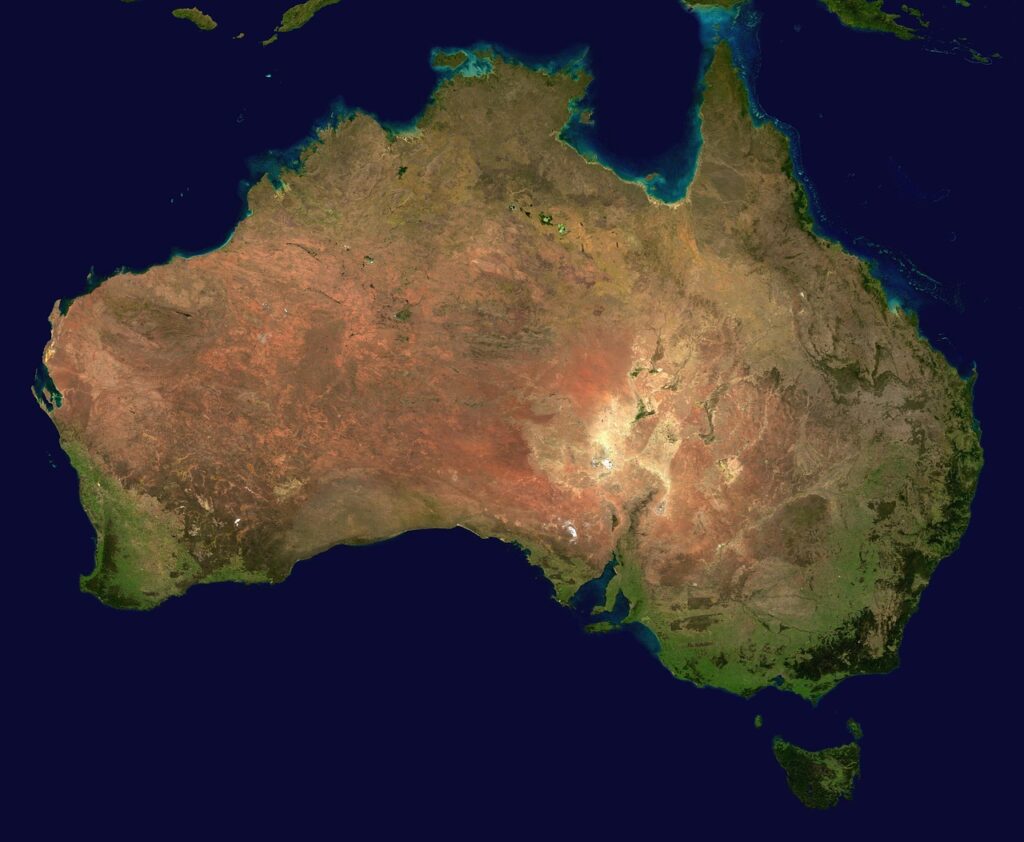As Australia eyes 15 to 30 million tonnes of annual green hydrogen production by 2050, a looming resource bottleneck threatens to undercut its export ambitions: water.
According to government modelling, the projected hydrogen output would consume at least 740 billion litres of water per year—equivalent to 7% of the nation’s total annual freshwater use by households, agriculture, mining, and coal-fired power plants. Independent analyses suggest that this estimate may be a severe understatement.
At the heart of the issue is the electrolysis process itself. Producing one kilogram of hydrogen via electrolysis requires nine litres of ultrapure water—plus additional volumes for purification, cooling, and other indirect processes. The Australian National Hydrogen Strategy relies on a conservative input figure of 30 litres per kilogram, drawing from a 2015 Argonne National Laboratory report. Yet recent research indicates water consumption could range from 66 to over 300 litres per kilogram when accounting for all system losses.
If mid-range estimates of 95 litres per kilogram prove accurate, the water demand would swell to over 1.4 trillion litres annually—roughly 22% of current national freshwater use. Under the upper-range estimate of 310 litres per kilogram, hydrogen production alone could absorb 72% of this figure. Such figures raise fundamental questions about the strategy’s long-term viability and environmental trade-offs.
The Albanese government has positioned green hydrogen as a future export powerhouse capable of decarbonising hard-to-abate sectors such as steel and fertiliser production. But despite the rhetoric, no large-scale green hydrogen projects have reached operational status in Australia. Globally, only around 7% of announced projects are live, with financial and technical barriers—including access to renewable electricity and water—slowing progress.
Andrew Forrest’s Fortescue Future Industries, once a vocal backer of the domestic hydrogen sector, has notably scaled back its ambitions. And while Australia’s solar and wind resources remain a competitive advantage, water access is a geographic and logistical constraint rarely addressed in feasibility studies.
With Australia’s interior arid and rainfall patterns increasingly erratic due to climate change, attention turns to desalination as a potential workaround. But desalination introduces its own set of challenges. The process is energy-intensive, raising the total carbon footprint and costs of green hydrogen. It also generates hyper-saline brine that requires careful management to avoid marine and coastal ecosystem damage.
The industry’s pivot to desalinated seawater risks trading one environmental challenge for another, unless brine management and energy recovery systems can be scaled in parallel. Moreover, co-locating desalination with hydrogen electrolysis demands coordinated infrastructure planning and financing that has yet to materialize at scale.
The National Hydrogen Strategy’s water modelling relies on the most conservative assumptions available, leaving it exposed to criticism from water utilities and agricultural stakeholders. The Water Services Association of Australia has called for more robust assessments, warning that water demands are often “seriously underestimated.” The Queensland Farmers Federation similarly raised concerns about whether hydrogen production would compete with existing water users, especially in drought-prone regions.
To date, there has been little clarity on how hydrogen developers would access water rights or how competing uses—particularly those tied to food security and environmental flows—would be balanced. Without this clarity, permitting large-scale hydrogen hubs remains a regulatory gamble.
Stay updated on the latest in energy! Follow us on LinkedIn, Facebook, and X for real-time news and insights. Don’t miss out on exclusive interviews and webinars—subscribe to our YouTube channel today! Join our community and be part of the conversation shaping the future of energy.
